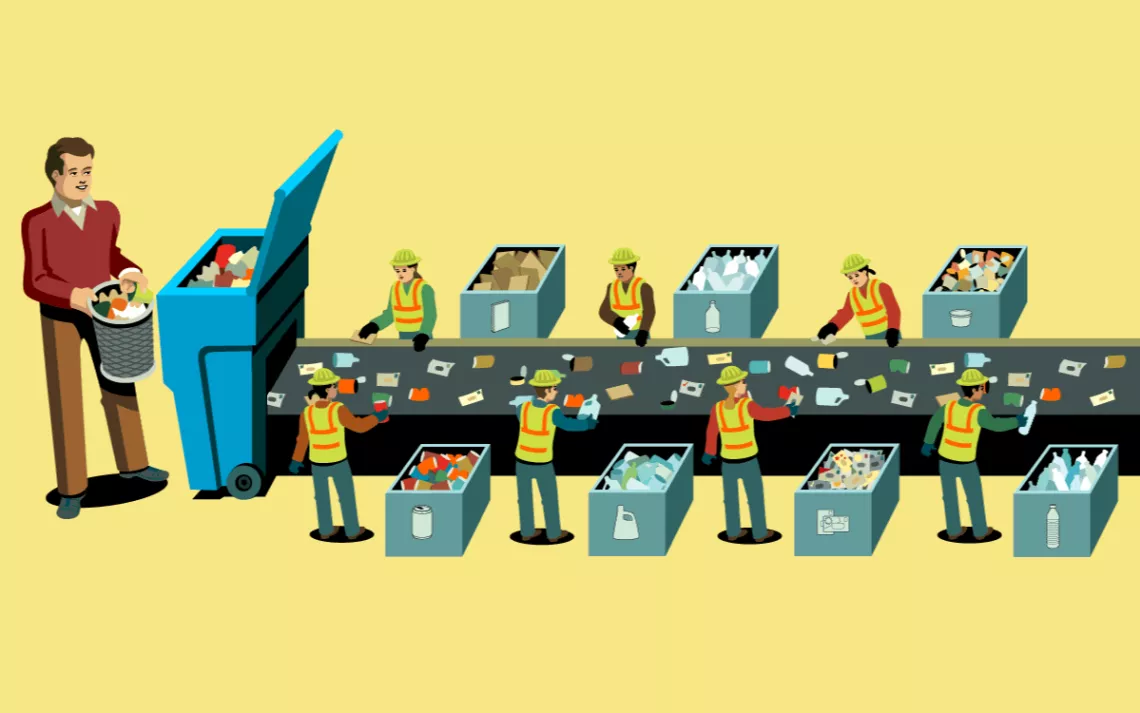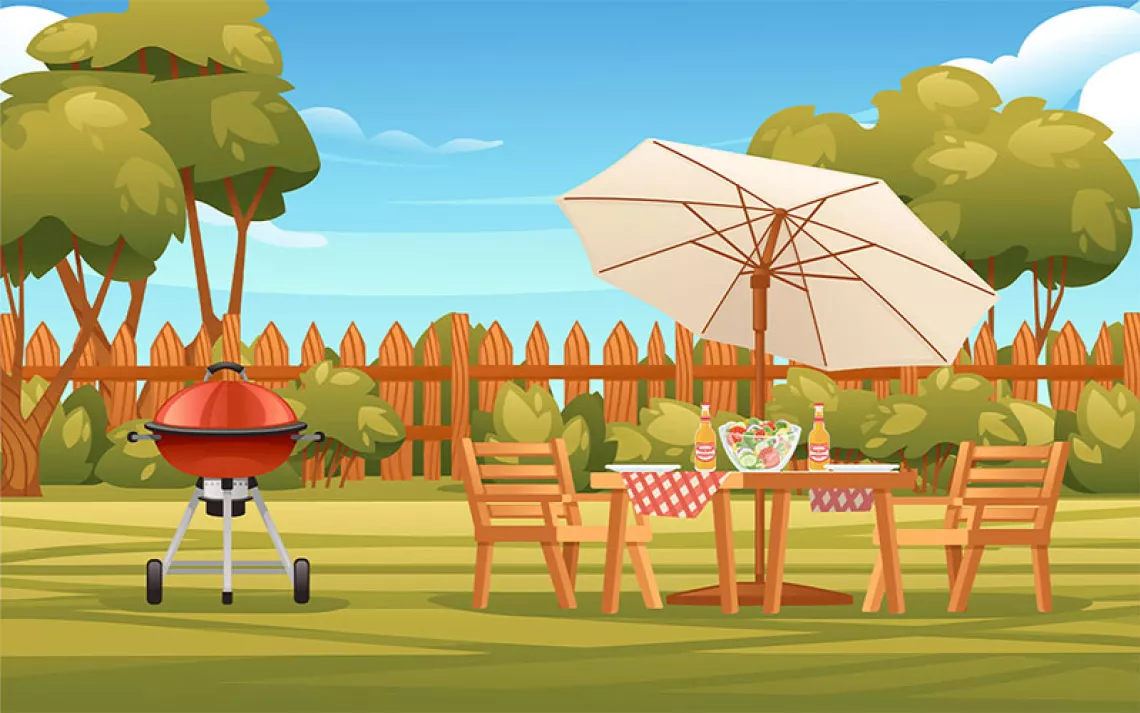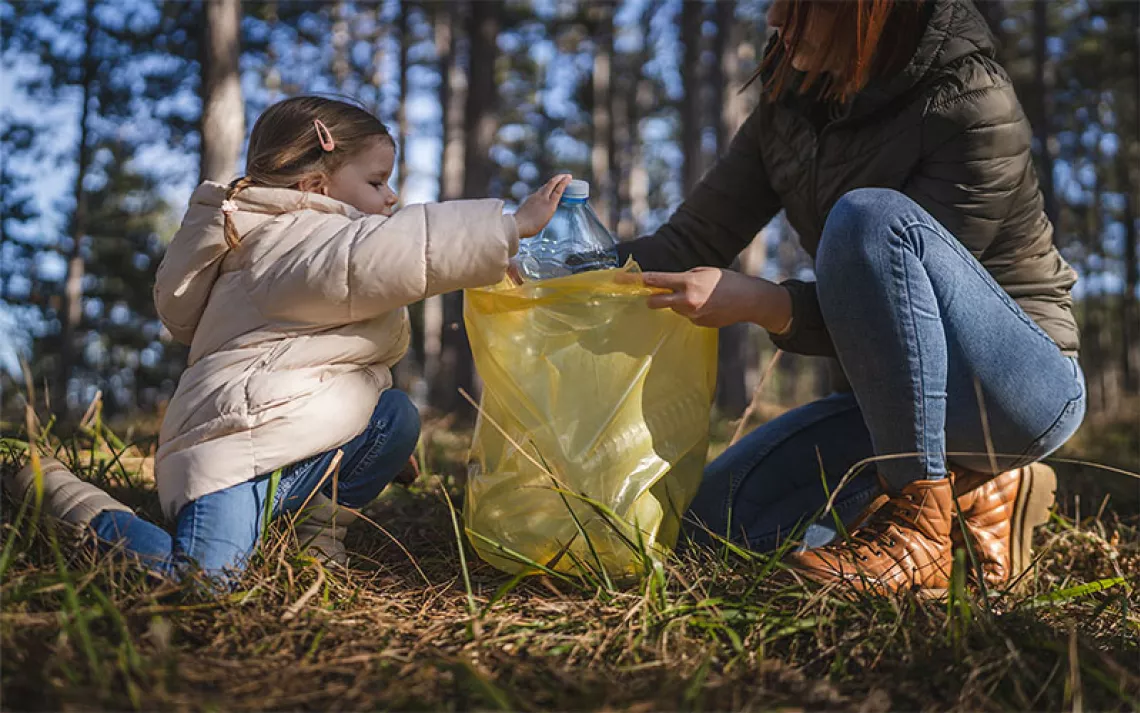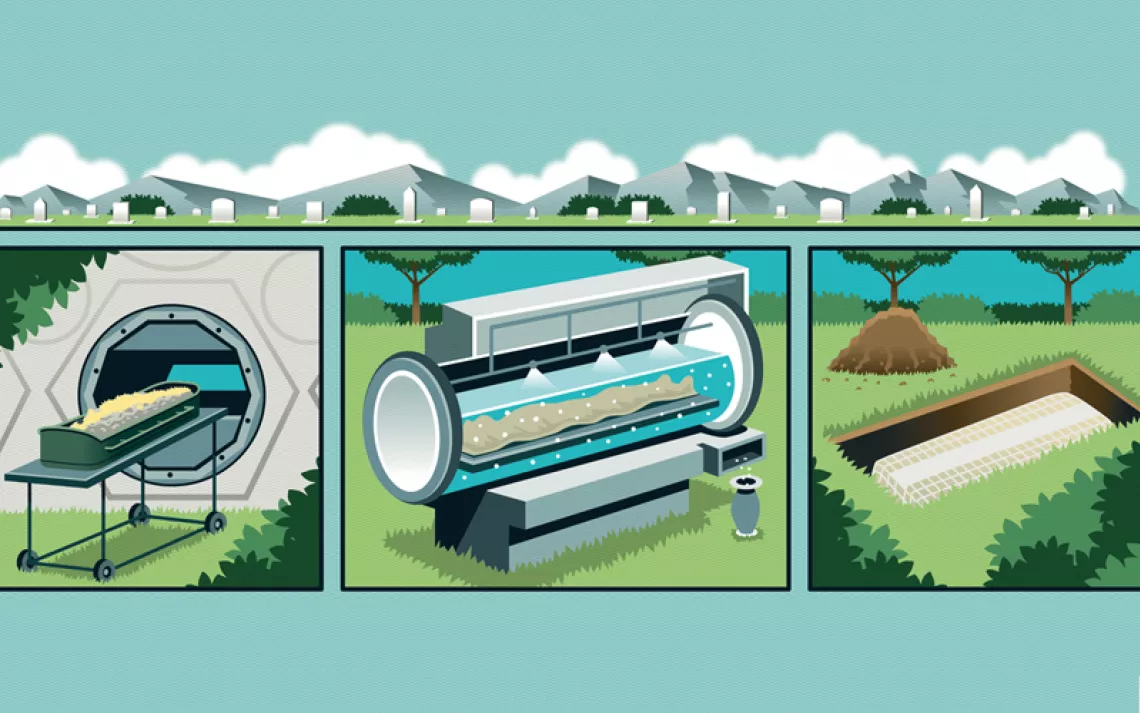Who Recycles Your Recycling?
Secrets of the blue bin, revealed

Local governments began distributing recycling bins in the 1970s. Those bins were largely reserved for the flood of daily headlines, as newspapers were attractive raw material for paper mills.
By the 1980s, many cities had also inked contracts with materials recovery facilities (MRFs), which use sophisticated tools to separate different types of metal, glass, paper, and plastic that they then sell. People may recycle out of idealism, but it's all business at the end.
MRFs have made modern blue-bin recycling possible, but they have also created an aura of mystery around what is and isn't happening. Reliable data has never been collected on how much is actually recycled from blue bins nationwide. What happens to those objects you optimistically recycle depends on many factors. Here are a few possibilities.

The humble aluminum can is the most recycled item, largely because it's easy to sort and melt into new versions of itself. Nearly half of all cans are recycled.

In 2017, after decades as the biggest buyer of US recycling, China decided to restrict its import. The price of discarded cardboard fell by 84 percent, making recycling economically impossible for some municipalities. Today, new and refurbished paper mills in the US are cranking out cardboard boxes for the pandemic-fueled boom in online sales. Cardboard trades at $171 per ton (up from $60 in 2019).

There's no shortage of manufacturers who want to use recycled glass in their products. Unfortunately, not enough recyclers have installed the technology to sort clear from colored glass, and thus large volumes end up as waste.
In theory, polypropylene (PP) is recyclable, but there are only a few facilities in the United States that accept it—and most MRFs aren't anywhere near one. For now, an MRF worker will likely place a yogurt container in a landfill- or incinerator-bound trash bin, especially if it has foil or a different kind of plastic attached.
High-density polyethylene (HDPE) was once virtually unrecyclable because it was so cheap to make. Now that manufacturers use more recycled material in packaging, the price for HDPE has skyrocketed in just a year from $.04 to about $.60 per pound.
Known as "mixed paper" in the recycling world, junk mail was once exported almost exclusively to China. Now it goes to India and Southeast Asia as well as domestic paper mills, which pulp it to feed the cardboard boom.

About a third of polyethylene terephthalate (PET) containers, one of the most easily recyclable forms of plastic, are washed, shredded, and melted down. Some companies glue labels made of a different kind of plastic to PET containers—an innovation that renders some unrecyclable unless the label comes off.
This article appeared in the Winter quarterly edition with the headline "Behind the Blue Bin."
 The Magazine of The Sierra Club
The Magazine of The Sierra Club



